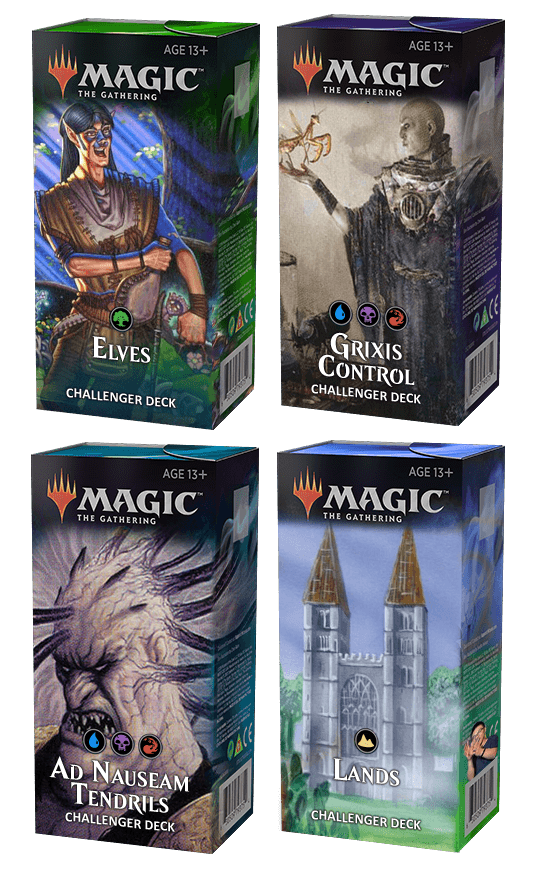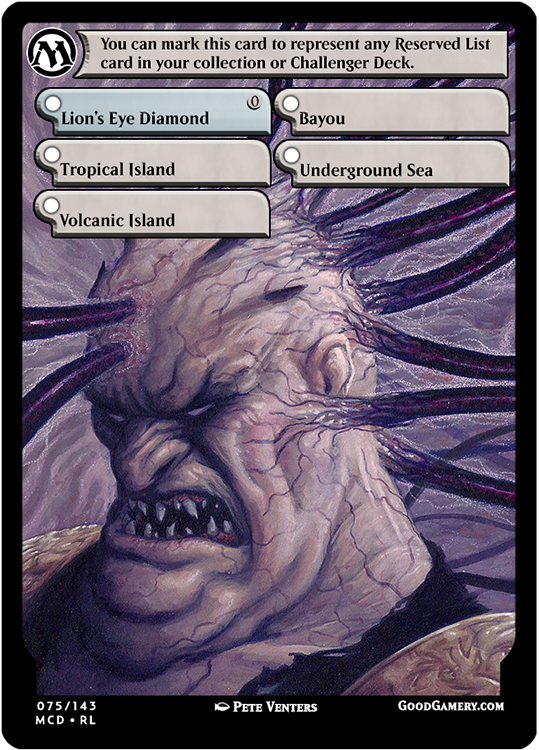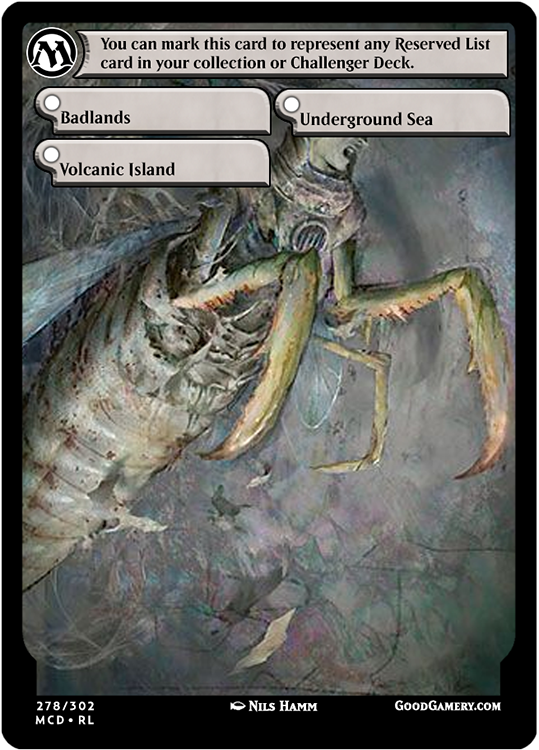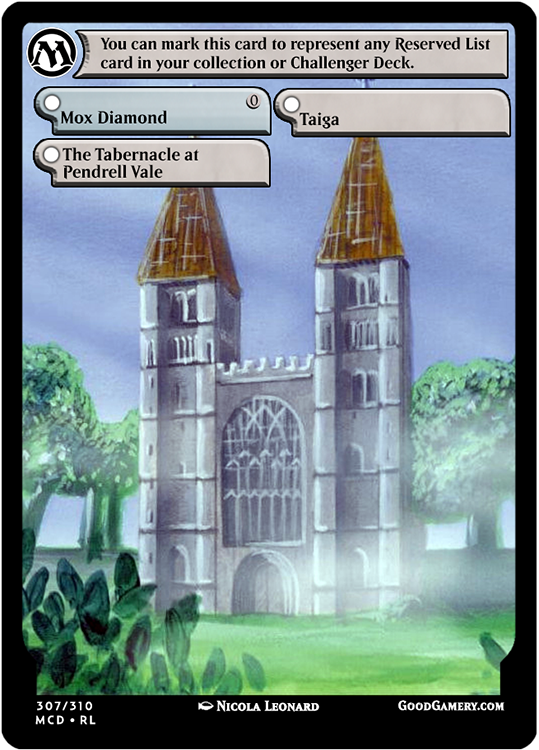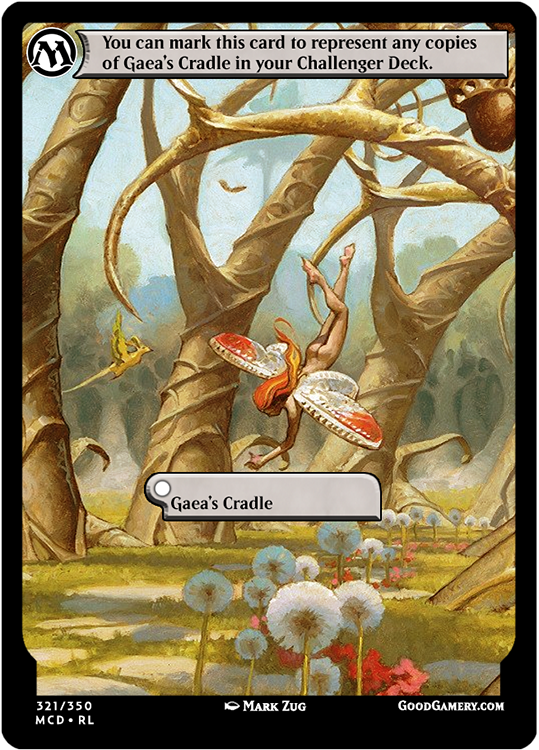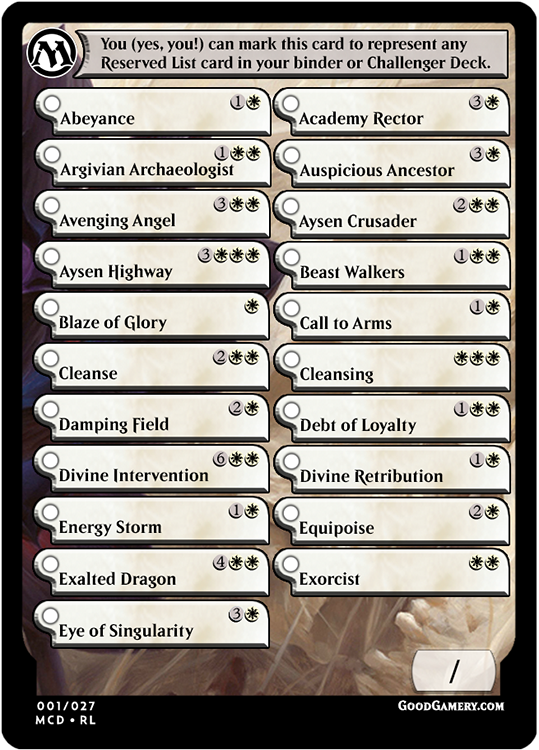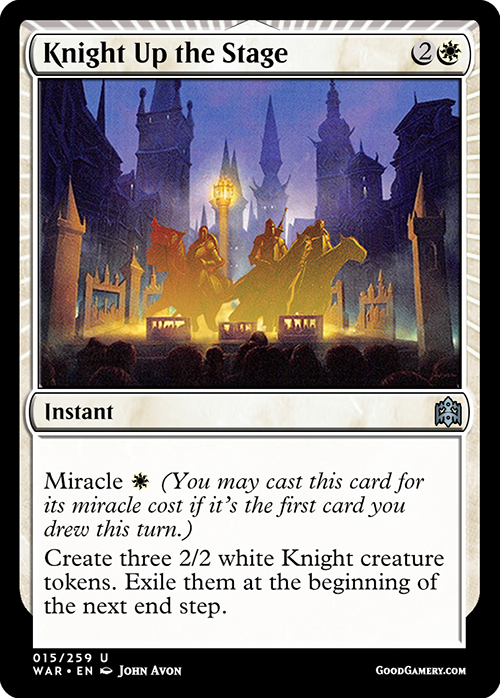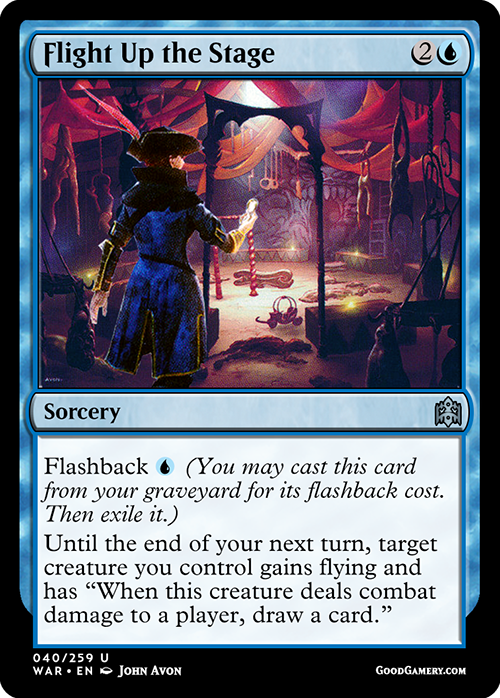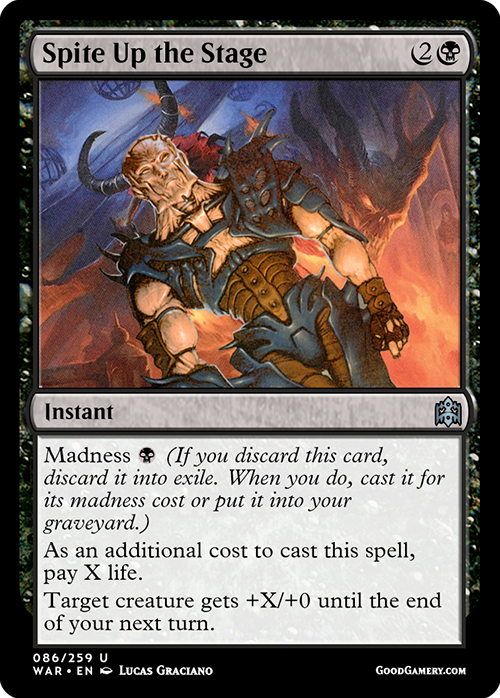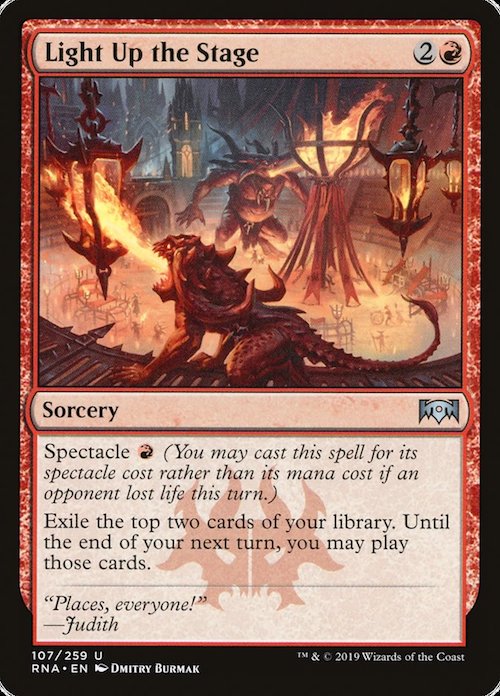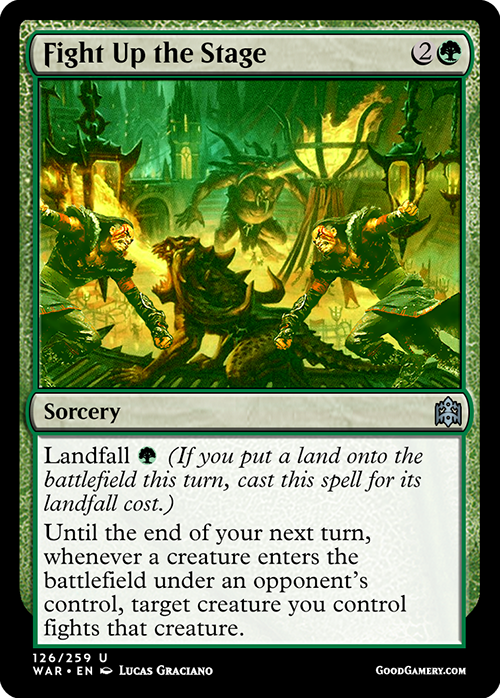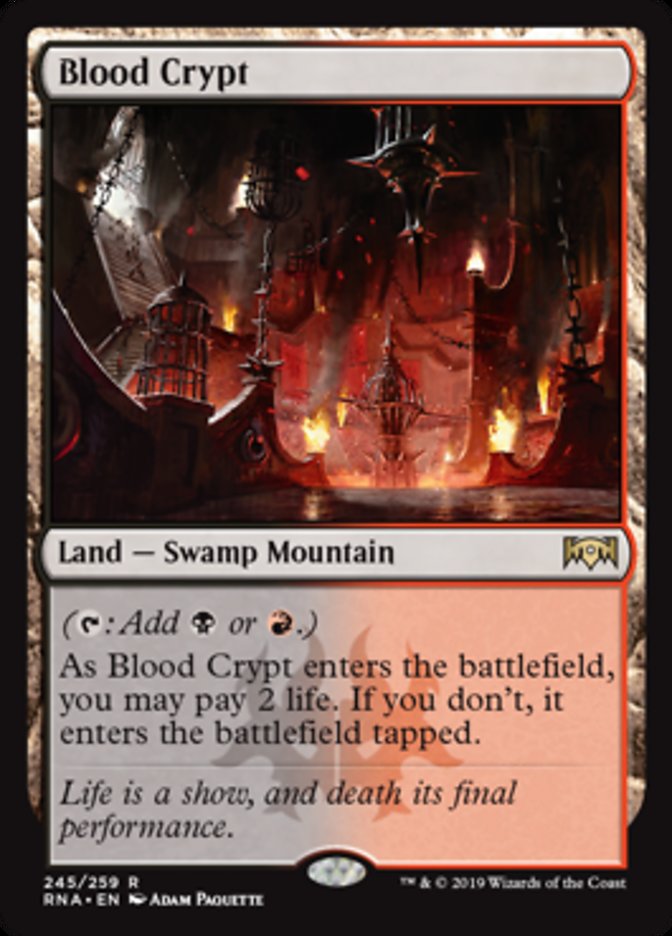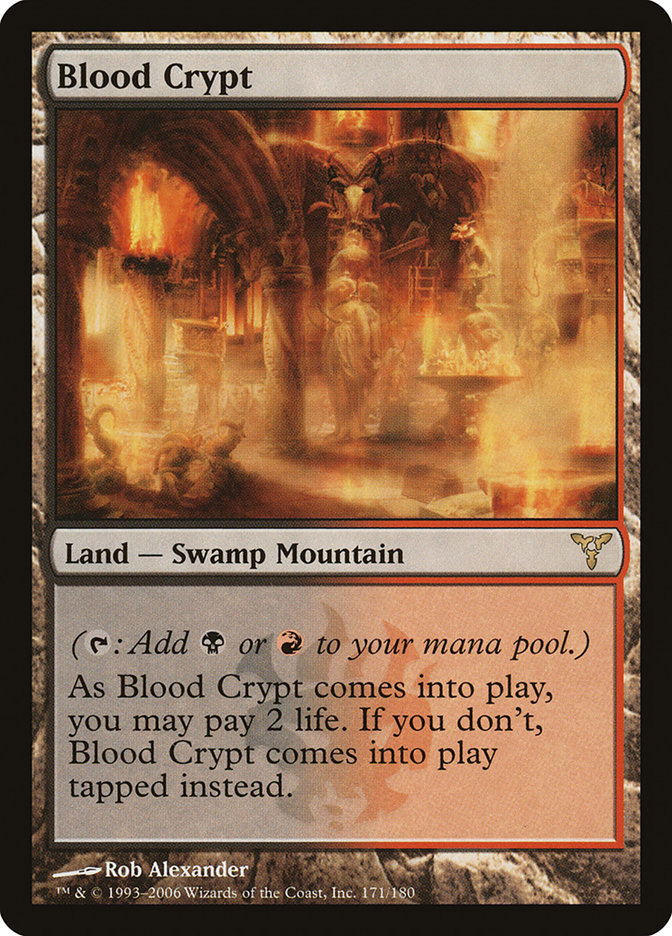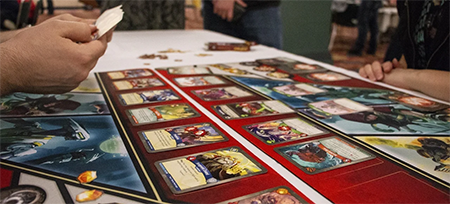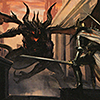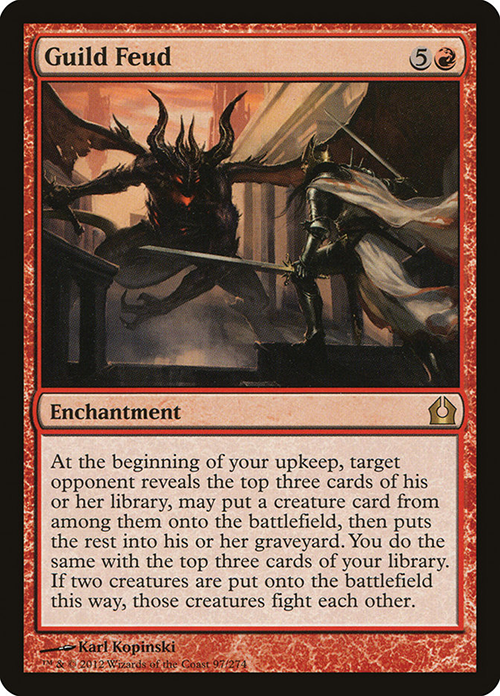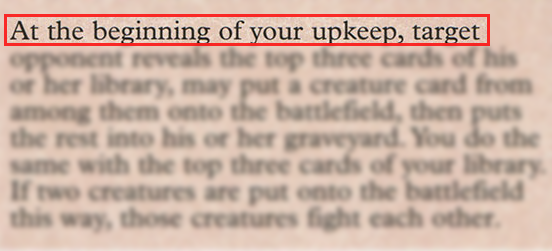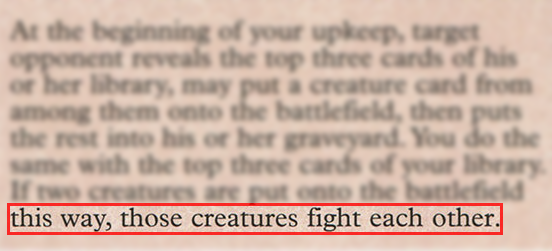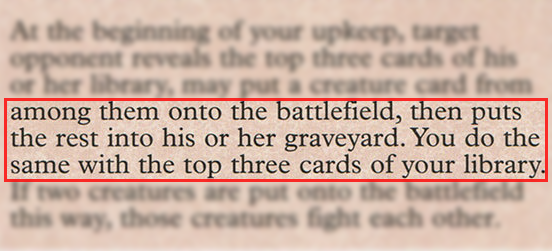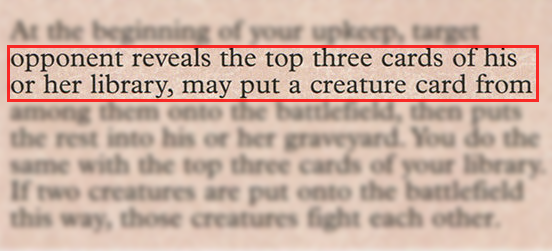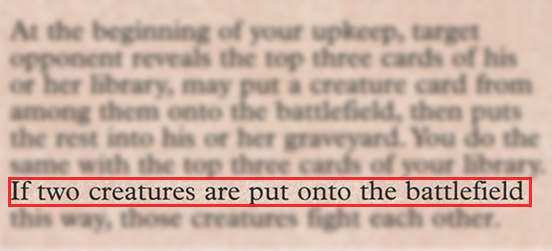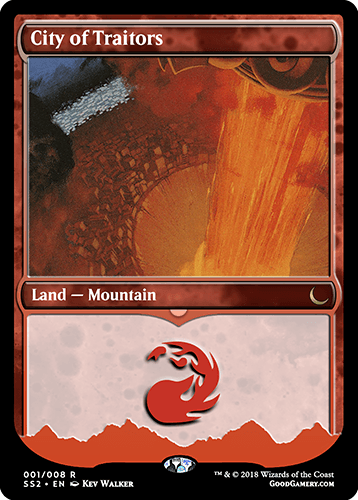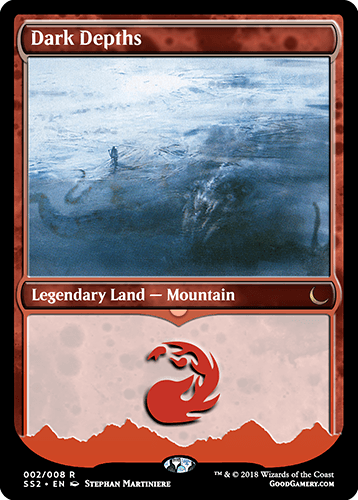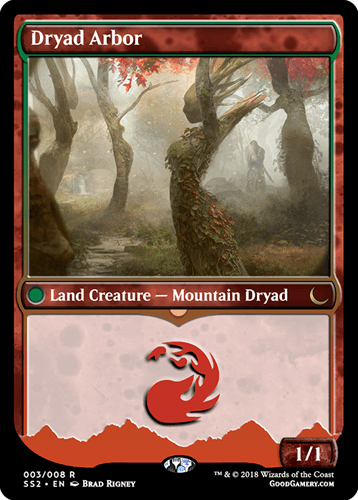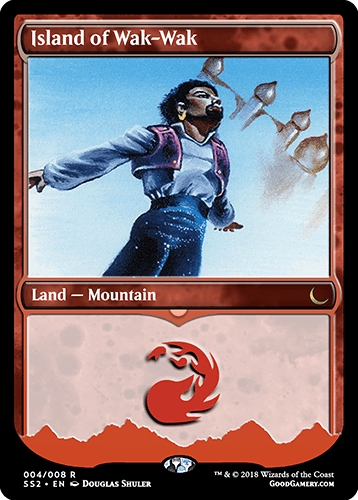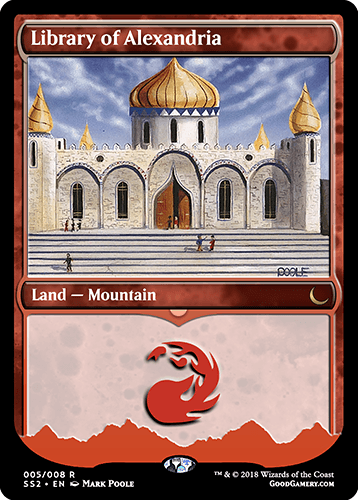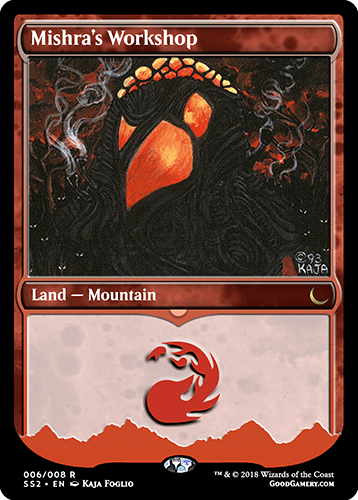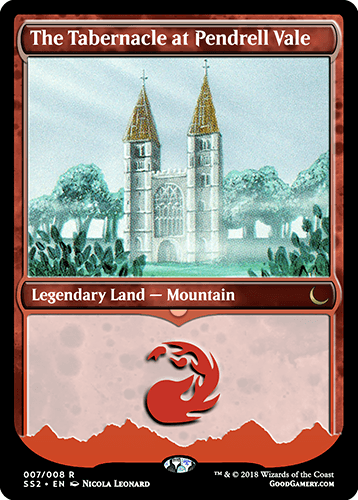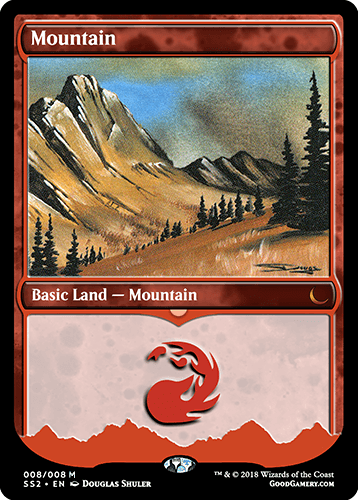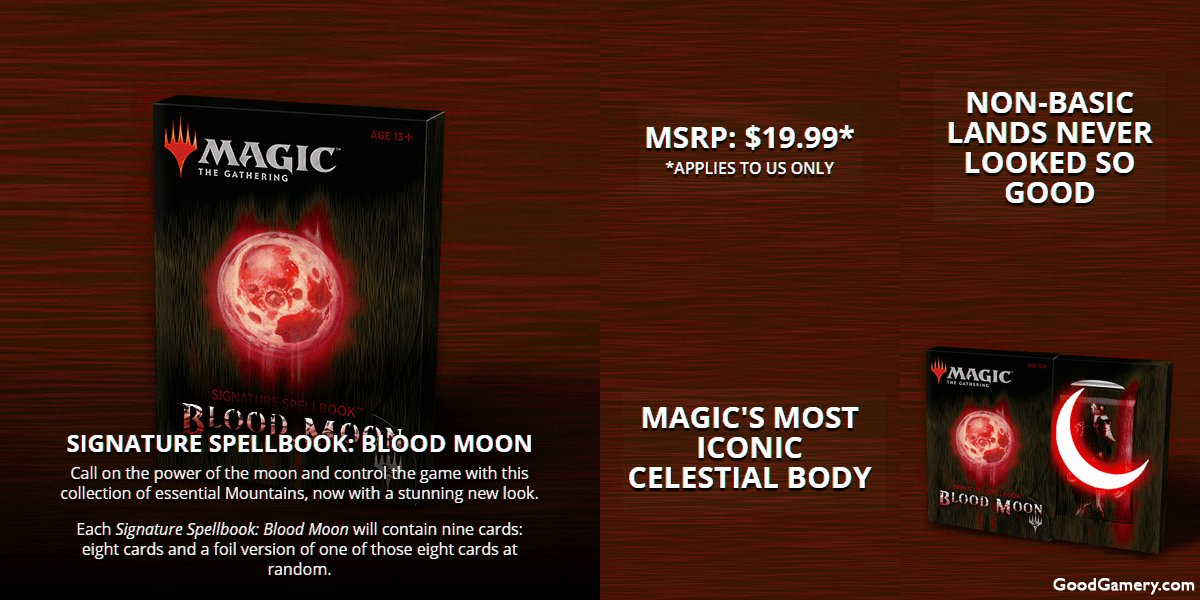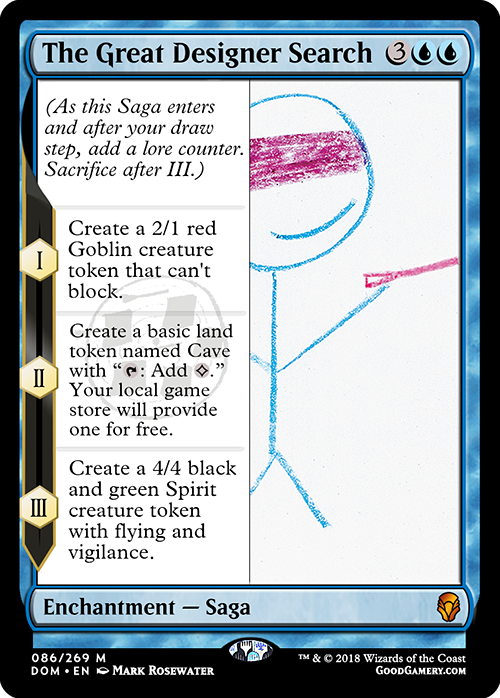RAVNICA – Yesterday, the dastardly Nicol Bolas finally unleashed the culmination of years of scheming, spanning multiple years, multiple planes, and multiple mediocre sealed formats.
“It is known as The Elderspell,” Bolas announced triumphantly from atop his obsidian citadel. “I have wandered all the planes in search of the ultimate power. I have read all the forbidden scrolls. I have passed through the deepest fires of Urborg and the deepest pits of Rath. I have ventured into dark places where no mortal has dared to pass.”
“I tap two swamps.”
Reaction from the populace was mixed at best. “I don’t know what I expected, but it sure wasn’t a sideboard card,” one local guildmage told Good Gamery. “I dunno, I just didn’t expect the most powerful spell in the multiverse to be counterable by Spell Snare.”
“Elder spell, phaw!” scoffed one elderly wizard. “It doesn’t even look that old. Newfangled frame, Beleren font… looks like some new world order nonsense to me. In my day, when we wanted to deal with walkers, we cast Great Wall.”
Internet reviews were also mixed, with one zero star review noting “I expected more from the artist who brought us Cruel Ultimatum. SLAP IN THE FACE TO THE FANS.”
When asked to comment, Bolas commented, “I don’t know what the big deal is, plenty of the most powerful spells in history cost 2 mana. You know, Time Walk, Balance… uh… Tallowisp.”
Good Gamery reached out to Jace for comment, but he was in the graveyard.
So what’s next for Bolas? “More research. I have heard tales of a powerful spell from the olden days that could stop any sort of Magic, and I must have it,” he said, fidgeting with two islands.


